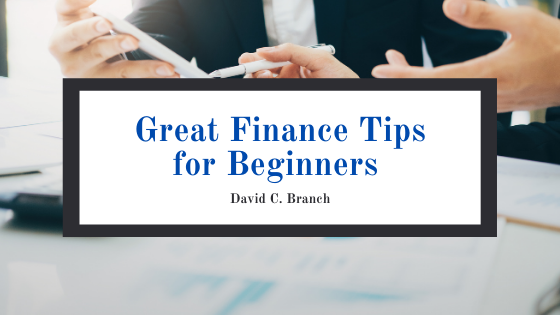For many Americans, the idea of financial planning creates a sense of dread. Making a budget or paying down a credit card statement may seem impossible, but it’s easy to get started with financial success. Here are three simple steps for financial beginners.
Build an Emergency Fund
One of the easiest ways to avoid spiraling into debt is by establishing an emergency fund. A bank account set aside specifically for financial emergencies allows consumers to avoid high-interest loans. It also offers an extra cushion during job loss, economic downturns, or periods of bad luck. An emergency fund should cover at least three months of expenses, although six is ideal, according to Today.com. Many experts recommend dedicating $50 to $100 per month towards an emergency fund and prioritizing the fund above any other budget items.
Understand “Need” Verses “Want”
Before making a budget, setting an emergency fund goal, or paying down debt, consumers must understand which expenses are necessary and which are optional. Financial success does not require ruthlessly slashing all enjoyment from a budget; after all, happiness is a human need. However, those new to financial planning often overlook easy ways to save money on necessities. For example, instead of buying expensive, pre-made meals, consumers looking to cut costs can cook cheap, healthy basics from scratch. The best budgets are actually two separate budget plans: one bare-bones budget with no frills, intended for use only during the financial crisis, and a more-sustainable budget that leaves room for affordable fun.
List All Debts
Facing the reality of debt can be painful, but it’s a necessary step in any financial plan. Consumers should make a spreadsheet of all debts and list the total balance and interest rate of each loan. Once every single loan is listed, consumers should create a plan to pay off the debt by either tackling the smallest loans first – known as the snowball method – or debts with the highest interest rate, also called the avalanche method.
Although the avalanche method typically results in slightly less interest paid in the long-term, there’s only a small difference between the two methods, according to CNBC.com. For many consumers, the psychological benefits of knocking out small debts outweigh the small savings of the avalanche method.

